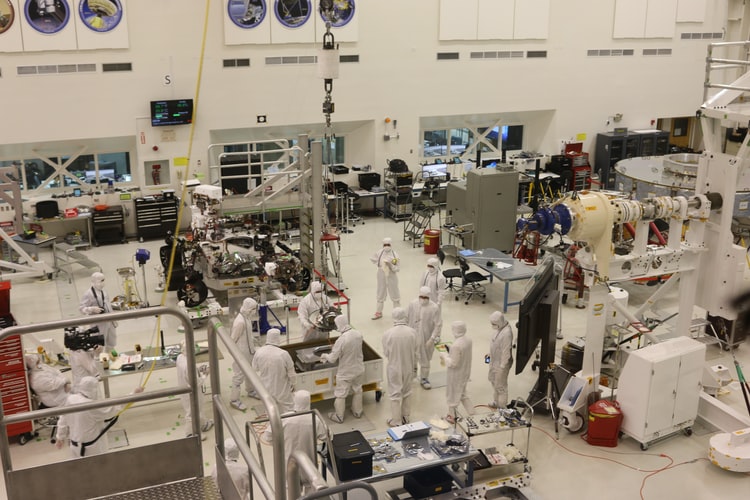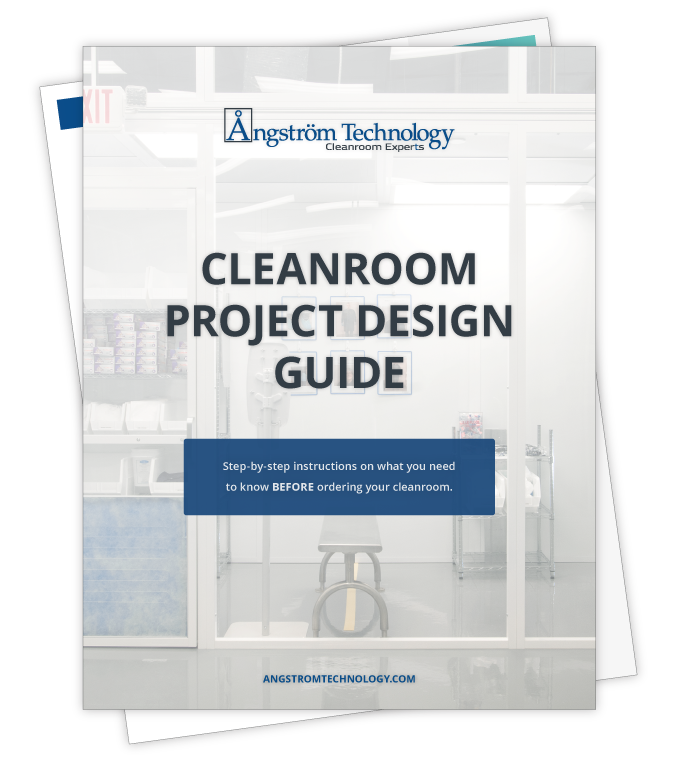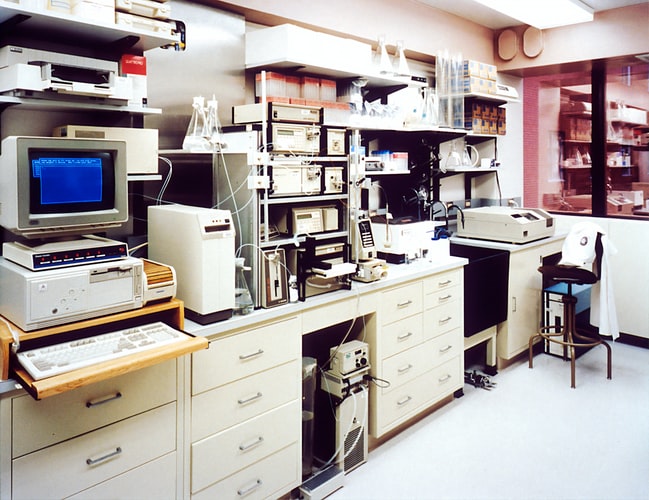
5 Benefits of Hardwall Cleanrooms for the Aerospace Industry
Aerospace cleanrooms often require high levels of control, regulated by high cleanroom classifications. To achieve stringent standards, while allowing flexibility for project changes and environmental adjustments, some of the best cleanrooms for the aerospace industry are HardWall cleanrooms. Let’s look at five benefits HardWall cleanrooms can offer your aerospace projects.
HardWall Cleanrooms Are Stable
When working within a cleanroom environment, having control over environmental variables can make or break a project. That’s why a stable cleanroom is so important for all cleanroom applications, but especially for those with higher cleanroom classifications. At best, instability can make your work unpredictable and unproductive; at worst, someone could get hurt. To avoid these scenarios, you need a cleanroom you can trust to keep your products and people safe; one that will allow you to control your environment and limit contamination by unwanted forces or particles as much as possible.
HardWall cleanrooms offer the most stability of any modular cleanroom. Particularly for higher classification and specialized aerospace cleanrooms, this cleanroom type offers more control across a wide range of requirements. The sturdy floor-to-ceiling panels create a fully sealed space for total power over environmental factors like temperature, humidity, and pressure. If your cleanroom needs the ability to control minute differences effectively and conveniently, a HardWall cleanroom is the best choice for your project.
HardWall Cleanrooms Are Customized
The best cleanroom for any project is one that is uniquely suited to your application, yet also versatile enough to adapt to your needs as your work develops. With HardWall cleanrooms, you can have both. HardWall modular cleanroom panels are fully customizable for your application, equipment specifications, and cleanroom classification. The panels are hardwearing for heavy use and can conform to your desired level of control as you need it.
In the aerospace industry, the customization is particularly valuable. If your project requirements change from development to manufacturing to assembly, your cleanroom can be modified to meet new standards. If you need to change your layout to accommodate larger equipment or hardware, HardWall cleanrooms are easy to adapt, add to, reconfigure, or even relocate to a new space. All cleanrooms are an investment, but with a Hardwall cleanroom, you get the most out of your money.
HardWall Cleanrooms Are Convenient
If you need to set up a project quickly, or just don’t want to deal with the hassle of building a cleanroom from the floor up, you won’t find a better quality or more convenient option than a modular HardWall cleanroom. Each modular panel is built to your specifications offsite to later be assembled with ease at your desired location. Working with an expert cleanroom designer, you can choose the ideal layout for your cleanroom and decide on important design features ahead of time. Modular cleanroom panels arrive prewired for efficiency, with insulation already built-in, so you can get your new aerospace cleanroom up and running as soon as possible.
Once installed, HardWall cleanrooms are easy to maintain and clean. The stationary wall design is more convenient to sanitize than a flexible one, so you can feel confident in your cleaning results. Made of non-particle shedding and non-off gassing materials, your HardWall cleanroom will protect your work with little effort required, for as long as you need it.
HardWall Cleanrooms Are Durable
In the aerospace industry, the products you develop and manufacture are designed to endure some of the most extreme conditions. Shouldn’t your cleanroom be just as durable? HardWall cleanrooms are constructed with heavy-duty frames that can either be attached to the floor or suspended from a reinforced ceiling grid. The modular panels won’t sag or bend over time and are guaranteed to be a long-lasting, secure, and chemically-resistant solution.
Designed to stand up in the toughest environments, HardWall cleanrooms are perfectly suited for aerospace applications. With this kind of durability, your work and investment will be safe and well-protected.
HardWall Cleanrooms Are Adaptable
A major benefit of modular HardWall cleanrooms is that they are incredibly adaptable. Modular panels can be arranged and installed almost anywhere. If you want your cleanroom located within an existing room or structure, a HardWall cleanroom can be easily installed, no new build required. HardWall cleanrooms can either be freestanding, suspended from a strong ceiling grid, or attached to an existing building structure.
HardWall cleanrooms can adapt to your space seamlessly, with either a separate HVAC system or integration with your building’s existing systems. Your cleanroom can also utilize light from existing windows and be designed around mounted equipment and utilities. If your project requirements change, the modular panels can be reconfigured, expanded, or condensed to meet new classification requirements or accommodate new equipment or hardware.
These modular cleanrooms are so versatile and reliable, they have us wondering: What can’t HardWall cleanrooms do? If you’re looking for a top-quality cleanroom that will give you full control over your space with the added convenience of prefabricated modular panels, this cleanroom type is the best choice for your aerospace project.
Time to install a HardWall cleanroom in your facility? Let us know! Our team can help design and install the cleanroom that’s perfect for your application. To get started on your project, give us a call or reach out to us online.
GET INSTANT ACCESS TO OUR CLEANROOM DESIGN GUIDE




